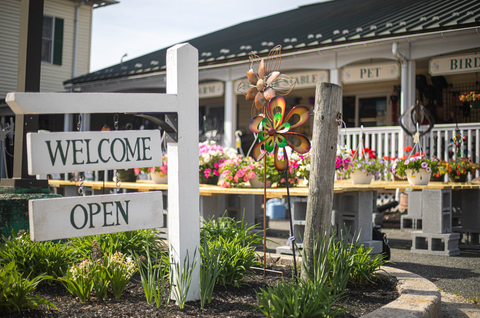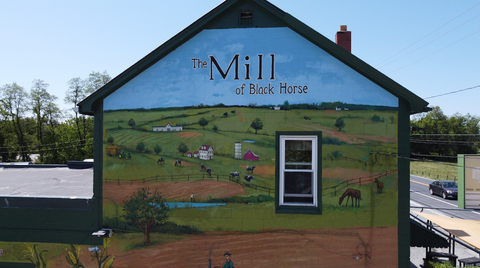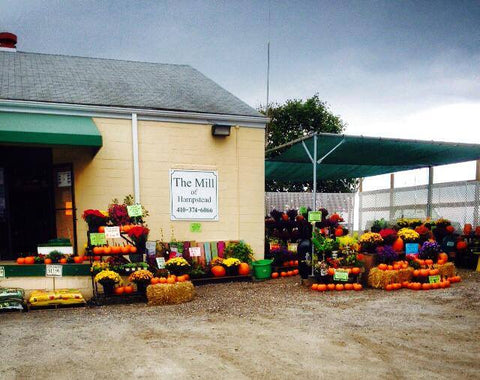The Brown Thrasher is a bold, russet-brown songbird known for its bright yellow eyes, long tail, and remarkable voice. Common across brushy edges and suburban thickets in the Mid-Atlantic, this elusive bird is more often heard than seen, rustling through leaf litter or delivering its famously complex song from a hedgerow. Whether you are growing a native hedge or managing a wildlife-friendly backyard, the Brown Thrasher plays an important role in insect control and seed dispersal.
Identification
Brown Thrashers are slender, medium-large songbirds with warm brown upperparts, heavy dark streaking on a buffy chest, and a long, rounded tail. The brown thrasher size averages about 11-12 inches long with a wingspan around 11-13 inches. Look for the intense yellow eyes and slightly downcurved bill.
The brown thrasher call is a sharp “chak” or “smack” contact note. The song is a rich, varied series of paired phrases, and they typically sing each phrase twice, often mimicking other birds.
Habitat
Look for Brown Thrashers in dense shrubs, hedgerows, and woodland edges, especially where there is thick cover and leaf litter for foraging. They adapt well to yards with native plantings, brush piles, and layered vegetation. In the Mid-Atlantic, brown thrashers are regulars in overgrown fencerows, parks, and backyards that offer food and shelter.
What Do Brown Thrashers Eat?
If you have wondered about the brown thrasher diet, think of them as omnivores with a ground-foraging preference. They flip leaves to uncover prey and supplement their diet with fruit and seeds.
-
Insects and invertebrates: beetles, caterpillars, grasshoppers, spiders, and worms
-
Fruits and berries: serviceberry, dogwood, elderberry, sumac, and other native shrubs
-
Seeds and nuts: especially when insects are scarce
Backyard recommendations from The Mill:
-
The Mill Supreme Blend Bird Seed – A quality, all-around blend that supports mixed-species feeding, including ground-foragers like thrashers.
-
The Mill Cardinal Blend Bird Seed – Sunflower-forward and attractive to many edge-habitat birds that share space with thrashers.
-
Nothing But Meats (or Chickadee) – Nutmeats and sunflower hearts provide concentrated energy. Scatter sparingly on a ground or platform feeder to suit the thrasher’s foraging style.
-
Bird’s Luv Em Blends – Versatile mixes that entice a wide array of backyard birds while offering options thrashers will sample.
Feeder styles that work:
-
Ground or low platform feeders for natural, leaf-litter style foraging
-
Tray or platform feeders with a roof to keep seed dry
-
Tree stumps make excellent natural platforms for thrashers. Scatter seed or mealworms directly on top to create a rustic, stable feeding surface that blends with the landscape.
-
Offer dried mealworms or suet nuggets on a tray for protein, especially in cooler months
Nesting and Behavior
Brown Thrashers typically nest low in dense shrubs or small trees, weaving a bulky cup of twigs lined with grasses. They are early spring singers and can be territorial near the nest. Expect most activity on or near the ground, with quick dashes into cover. Migratory patterns vary regionally, and many Mid-Atlantic birds remain year-round where habitat and food persist.
Coexisting with Brown Thrashers
Thrashers are beneficial backyard allies that consume garden pests and clean up fallen fruit. To encourage regular visits:
-
Plant native shrubs such as winterberry, dogwood, and serviceberry for cover and berries
-
Leave leaf litter under shrubs for natural foraging
-
Provide fresh water at ground level, such as a shallow dish or low birdbath
-
Maintain a brush pile or layered hedge to offer protection from predators
Shop Birdseed and Feeders at The Mill
Ready to welcome the Brown Thrasher Bird to your backyard? The Mill has the bird seed, ground and platform feeders, suet, and mealworms to help. Explore our full selection of Bird Seed & Feeders and build a habitat that supports thrashers and a diversity of songbirds.
Whether you are managing a woodlot, tending a backyard habitat, or just beginning to explore birdwatching, the Brown Thrasher proves that layered plantings and thoughtful feeding can bring elusive, captivating birds right to your doorstep.
























